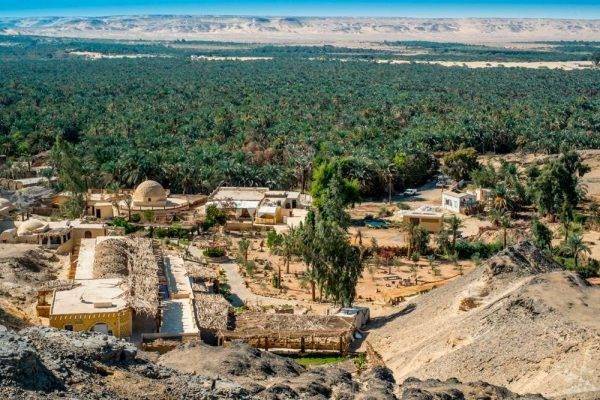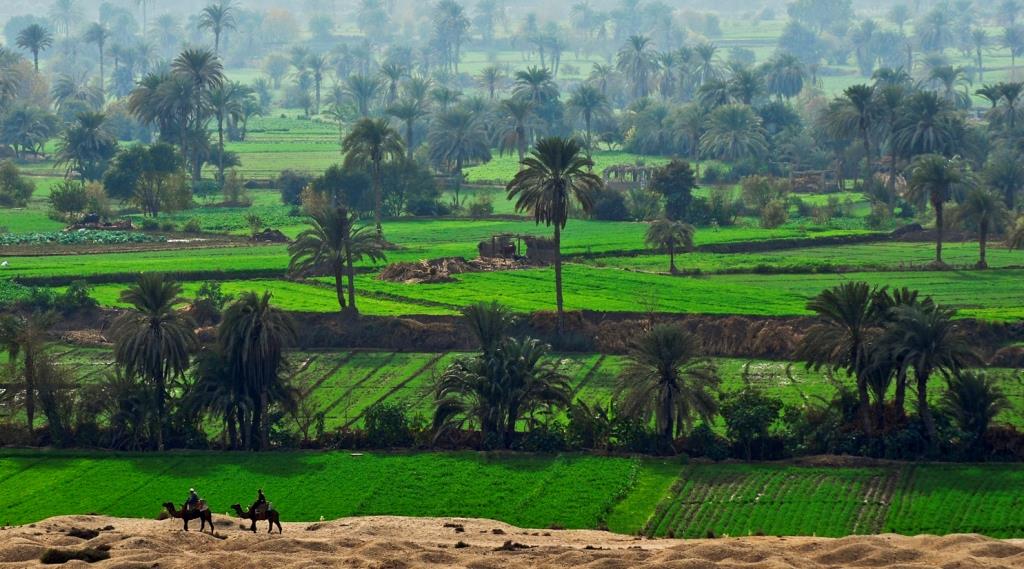Astronauts spot an ancient heart-shaped oasis in Egypt just in time for Valentine's Day
By Brandon Specktor published 1 day ago
Thank the 'engineering kings' of ancient Egypt for this geographical heartthrob.

The heart-shaped oasis sits in an ancient lakebed that has supported human life for thousands of years. (Image credit: Courtesy NASA)
Soaring 250 miles (400 kilometers) over Earth, astronauts aboard the International Space Station (ISS) looked down on our planet last May and saw a heart-shaped oasis blooming in the Egyptian desert. Today (Feb. 14), our friends in space are sharing the striking image as a special Valentine for the whole planet, courtesy of NASA's Earth Observatory website.
Known as the Faiyum Oasis, this lush heart in the desert is actually a broad wetland basin that extends over 450 square miles (1,200 square km) – about one and a half times the area of the five boroughs of New York City. While it may be nowhere near as populous as the Big Apple today, the oasis has sustained human life for roughly 8,000 years, according to NASA, and was the staging ground for some of the most ambitious feats of engineering in ancient history.
Fed by a natural channel of the nearby Nile River known as the Bahr Yussef, the oasis was once a shimmering lake called Lake Moeris. The lake's existence depended on seasonal floods from the Nile, according to the University College London (UCL) geography department. When the Nile floodwaters were too low, the rulers of ancient Egypt sometimes took bold measures. There is evidence that a succession of pharaohs living some 4,000 years ago addressed one particularly severe water shortage head-on by enlarging the Bahr Yussef to manually return water to the region.
"This was one of the earliest massive national hydrological projects in the world," according to the UCL website. "The 12th Dynasty kings responsible were Amenemhat I-III and they acquired the title of 'engineering kings'."
More:
https://www.livescience.com/ancient-egypt-heart-oasis




More photos of this region at google images:
https://tinyurl.com/mryjchpe




